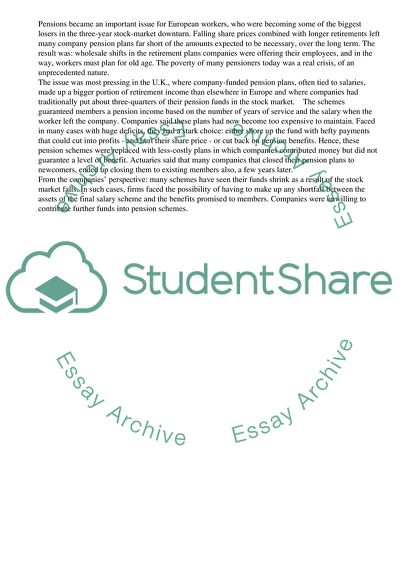Cite this document
(“Required Changes for a Company with Organizational Problems Coursework”, n.d.)
Required Changes for a Company with Organizational Problems Coursework. Retrieved from https://studentshare.org/management/1537629-an-essay-for-the-subject-organizational-analysis
Required Changes for a Company with Organizational Problems Coursework. Retrieved from https://studentshare.org/management/1537629-an-essay-for-the-subject-organizational-analysis
(Required Changes for a Company With Organizational Problems Coursework)
Required Changes for a Company With Organizational Problems Coursework. https://studentshare.org/management/1537629-an-essay-for-the-subject-organizational-analysis.
Required Changes for a Company With Organizational Problems Coursework. https://studentshare.org/management/1537629-an-essay-for-the-subject-organizational-analysis.
“Required Changes for a Company With Organizational Problems Coursework”, n.d. https://studentshare.org/management/1537629-an-essay-for-the-subject-organizational-analysis.


